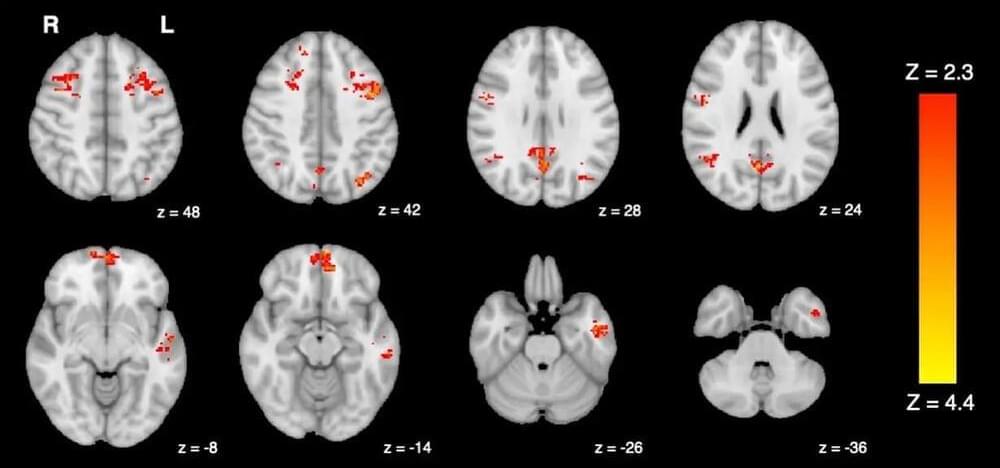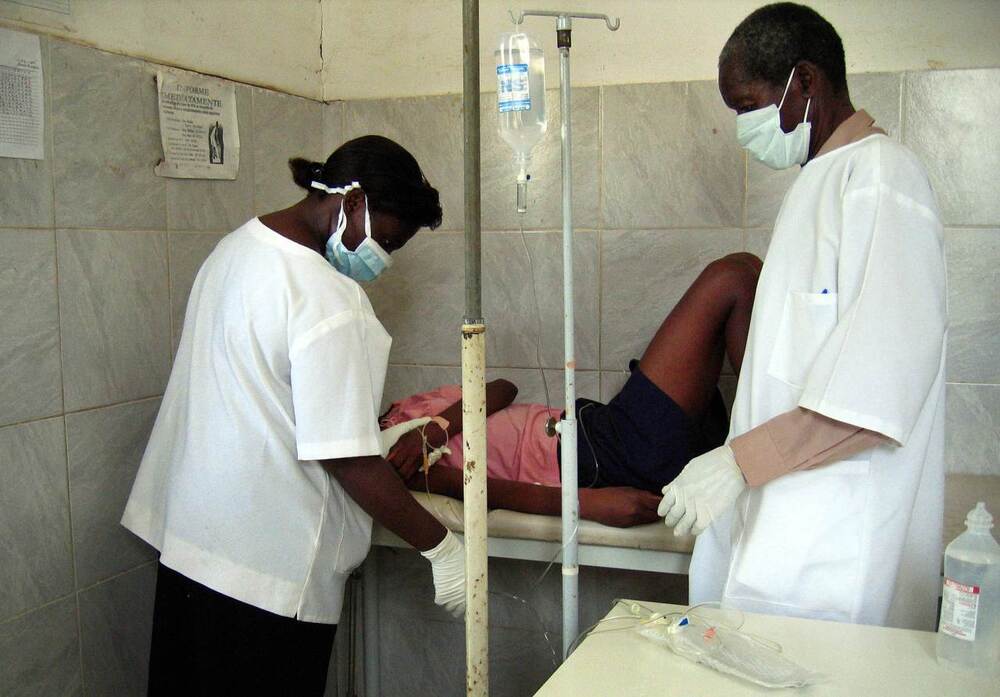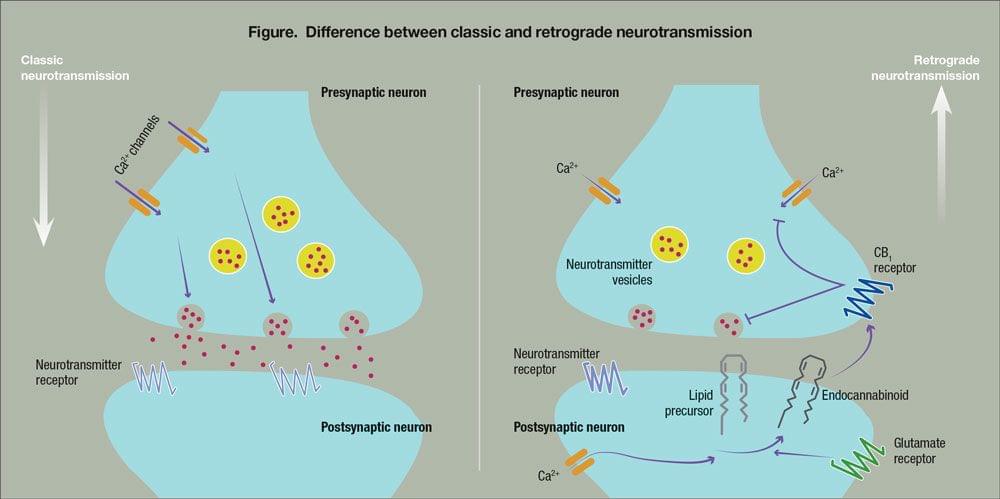Everything you want to know about how and why some animals can regrow their body parts and what it takes for humans to learn to do so, too.



The study conducted by researchers at the University of British Columbia and the University of Victoria reveals that exposure to common levels of traffic pollution can impair brain function within hours.
The peer-reviewed study published in Environmental Health found that only two hours of exposure to diesel exhaust leads to a decrease in brain functional connectivity, which is a measure of how different areas of the brain interact and communicate with each other. This study is the first controlled experiment to provide evidence of air pollution altering brain connectivity in humans.
“For many decades, scientists thought the brain may be protected from the harmful effects of air pollution,” said senior study author Dr. Chris Carlsten, professor and head of respiratory medicine and the Canada Research Chair in occupational and environmental lung disease at UBC. “This study, which is the first of its kind in the world, provides fresh evidence supporting a connection between air pollution and cognition.”
Join us on Patreon! https://www.patreon.com/MichaelLustgartenPhD
Discount Links:
NAD+ Quantification: https://www.jinfiniti.com/intracellular-nad-test/
Use Code: ConquerAging At Checkout.
Green Tea: https://www.ochaandco.com/?ref=conqueraging.
Oral Microbiome: https://www.bmq30trk.com/4FL3LK/GTSC3/
Use Code: ConquerAging15
Epigenetic Testing: https://bit.ly/3Rken0n.
Use Code: CONQUERAGING!
At-Home Blood Testing: https://getquantify.io/mlustgarten.

The WHO said there are currently nine deaths and 16 suspected cases with symptoms including fever, fatigue, diarrhea and vomiting. The agency said it was sending medical experts to help officials in Equatorial Guinea stop the outbreak and was also sending protective equipment for hundreds of workers.
What is the Marburg virus?
Like Ebola, the Marburg virus originates in bats and spreads between people via close contact with the bodily fluids of infected people, or surfaces, like contaminated bedsheets.

BERLIN, Feb 19 (Reuters) — Clinical trials for BioNTech’s (22UAy. DE) cancer vaccines should start this year in Britain, marking an important step towards their possible sale on the open market, the German company’s top executive Ugur Sahin told magazine Der Spiegel.
BioNTech, known for its COVID vaccine with U.S. partner Pfizer (PFE.N), is currently deciding which types of cancer it wants to test its personalized cancer immunotherapies on and the locations where it will conduct the trials, Sahin said.
The company wants these therapies, which are based on messenger RNA (mRNA) technology similar to the one that underpins its COVID-19 vaccine, to soon become a regular treatment for cancer patients.
This video will aim to provide detailed information regarding the use of robots in healthcare, specifically the surgical robots. The video consists of 4 subtopics: history of surgical procedure, introduction to surgical robots, the da Vinci surgical system with Dr. Yasufuku’s interview and robotics in remote healthcare and future advancement. The full-length of the interview will be posted on the Demystifying Medicine Soundcloud account and as a YouTube Podcast. For more information regarding the Da Vinci Surgical System, please visit https://www.davincisurgery.com/about-us/privacy-policy. (The animation of Da Vinci Surgical System during the News section was used with permission from Intuitive.)
Finally, we would like to thank Dr. Kazuhiro Yasufuku for his time and contribution to our video through his excellent interview. For those who are interested to learn more about his research, please visit https://www.yasufukuresearch.com/.
The video was made by McMaster students Allan Li, Gurkaran Chhaggar, Mateo Newbery Orrantia, and Nadia Mohammed in collaboration with Dr. Yasufuku and the McMaster Demystifying Medicine Program.
Copyright McMaster University 2021
References:
Astra Laparoscopic & Robotic Centre for Women and Fertility. (n.d.). Robotic surgery.
Our immune systems are at war with cancer. This animation reveals how monoclonal antibodies can act as valuable reinforcements to shore up our defences – and help battle cancer.
You can find more on this topic at http://www.nature.com/milestones/antibodies.
Nature Research has full responsibility for all editorial content, including Nature Video content. This content is editorially independent of sponsors.
Sign up for the Nature Briefing: An essential round-up of science news, opinion and analysis, free in your inbox every weekday. https://go.nature.com/371OcVF

😗 year 2017.
Psychiatrists and other behavioral health professionals need to better understand the relationship between cannabis and mental disorders so that they can respond to increasing medical and recreational marijuana use among their patients. More than half of states now allow for medical use, and 8 states and the District of Columbia have legalized adult personal or recreational use.
Knowledge about herbal cannabis, the endocannabinoid system, and cannabinoid pharmacology is rapidly expanding. However, compared with the literature on non-medical cannabis use, the scientific literature on therapeutic use of cannabis is underdeveloped, as noted in a recent systematic review of medical cannabis and mental health.1 Although herbal cannabis has a long history of medicinal use, its federal prohibition under the Controlled Substances Act of 1970 with Drug Enforcement Administration Schedule I status has focused the federally supported cannabis research agenda for half a century on the potential harms rather than on the historically acknowledged therapeutic benefits of this complex plant.
Medicinal potential of cannabis
For the sake of this discussion, herbal cannabis refers to plant material derived from the flowering tops of Cannabis indica, sativa, or ruderalis biotypes. Indica, sativa, and indica-sativa hybrid strains are commonly available on the medicinal cannabis market.

Summary: Researchers are turning to artificial intelligence to find novel drugs that can block kappa opioid receptors with the hope to alleviate opioid addiction.
Source: Biophysical Society.
Approximately three million Americans suffer from opioid use disorder, and every year more than 80,000 Americans die from overdoses.
